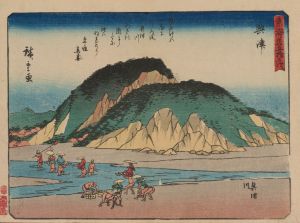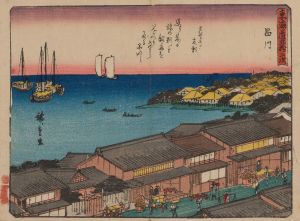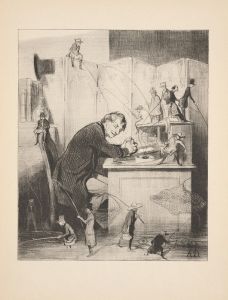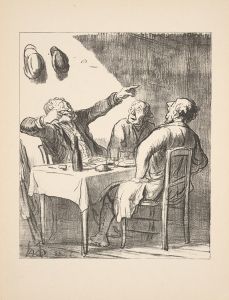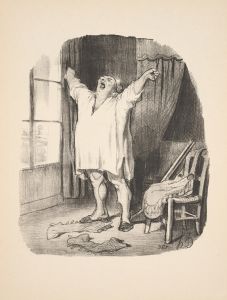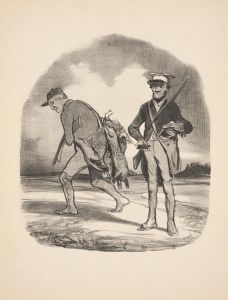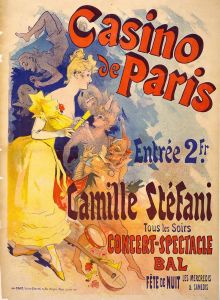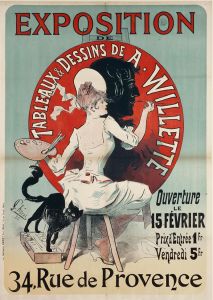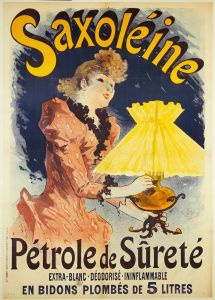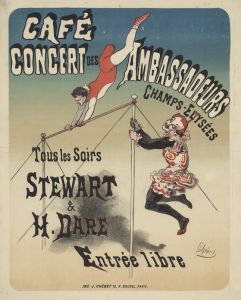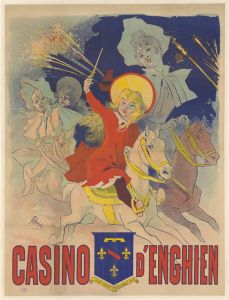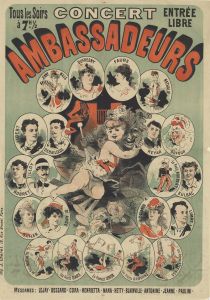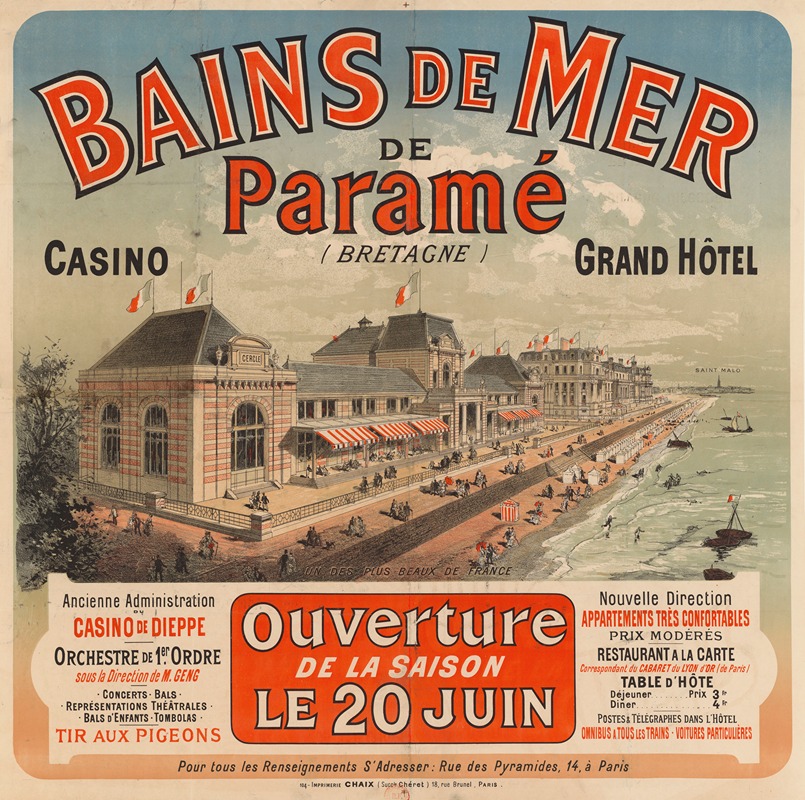
Bains de mer de Paramé , Grand Hôtel, ouverture de la saison le 20 juin
A hand-painted replica of Jules Chéret’s masterpiece Bains de mer de Paramé , Grand Hôtel, ouverture de la saison le 20 juin, meticulously crafted by professional artists to capture the true essence of the original. Each piece is created with museum-quality canvas and rare mineral pigments, carefully painted by experienced artists with delicate brushstrokes and rich, layered colors to perfectly recreate the texture of the original artwork. Unlike machine-printed reproductions, this hand-painted version brings the painting to life, infused with the artist’s emotions and skill in every stroke. Whether for personal collection or home decoration, it instantly elevates the artistic atmosphere of any space.
Jules Chéret was a prominent French painter and lithographer, often referred to as the "father of the modern poster." His work in the late 19th and early 20th centuries played a significant role in transforming the art of poster design, making it a respected form of artistic expression. One of his notable works is the poster titled "Bains de mer de Paramé, Grand Hôtel, ouverture de la saison le 20 juin."
This poster was created to advertise the opening of the summer season at the Grand Hôtel in Paramé, a seaside resort in Brittany, France. The poster is a quintessential example of Chéret's style, which combined vibrant colors, dynamic compositions, and an elegant portrayal of figures, often women, to capture the viewer's attention and convey a sense of joy and leisure.
Chéret's posters were revolutionary in their use of color lithography, a technique that allowed for the mass production of colorful and visually appealing advertisements. This method was a departure from the monochrome or limited-color prints that were common before his time. Chéret's innovative approach not only made posters more attractive but also more accessible to the general public, as they were displayed in public spaces and became a part of everyday life.
In "Bains de mer de Paramé," Chéret employs his signature style to depict a lively scene that invites viewers to experience the pleasures of the seaside resort. The poster features a central figure, likely a woman, dressed in fashionable attire of the time, exuding a sense of elegance and leisure. The use of bright colors and fluid lines creates a sense of movement and excitement, capturing the essence of a summer getaway.
The Grand Hôtel in Paramé was one of many establishments that catered to the growing trend of seaside vacations among the European bourgeoisie in the late 19th century. Resorts like Paramé offered a range of recreational activities, including bathing in the sea, which was considered both a leisure activity and a health benefit. Chéret's poster not only advertised the hotel but also the lifestyle and experiences associated with such resorts.
Jules Chéret's work, including "Bains de mer de Paramé," played a crucial role in the development of graphic design and advertising. His ability to blend art with commercial appeal set a precedent for future generations of artists and designers. Chéret's posters are celebrated for their artistic merit and historical significance, as they reflect the cultural and social dynamics of the Belle Époque period in France.
Today, Chéret's posters are highly regarded by collectors and art historians alike. They are seen as important artifacts that document the evolution of advertising and the changing tastes of society during a time of significant social and technological change. "Bains de mer de Paramé" remains a testament to Chéret's skill and his impact on the world of art and advertising.





